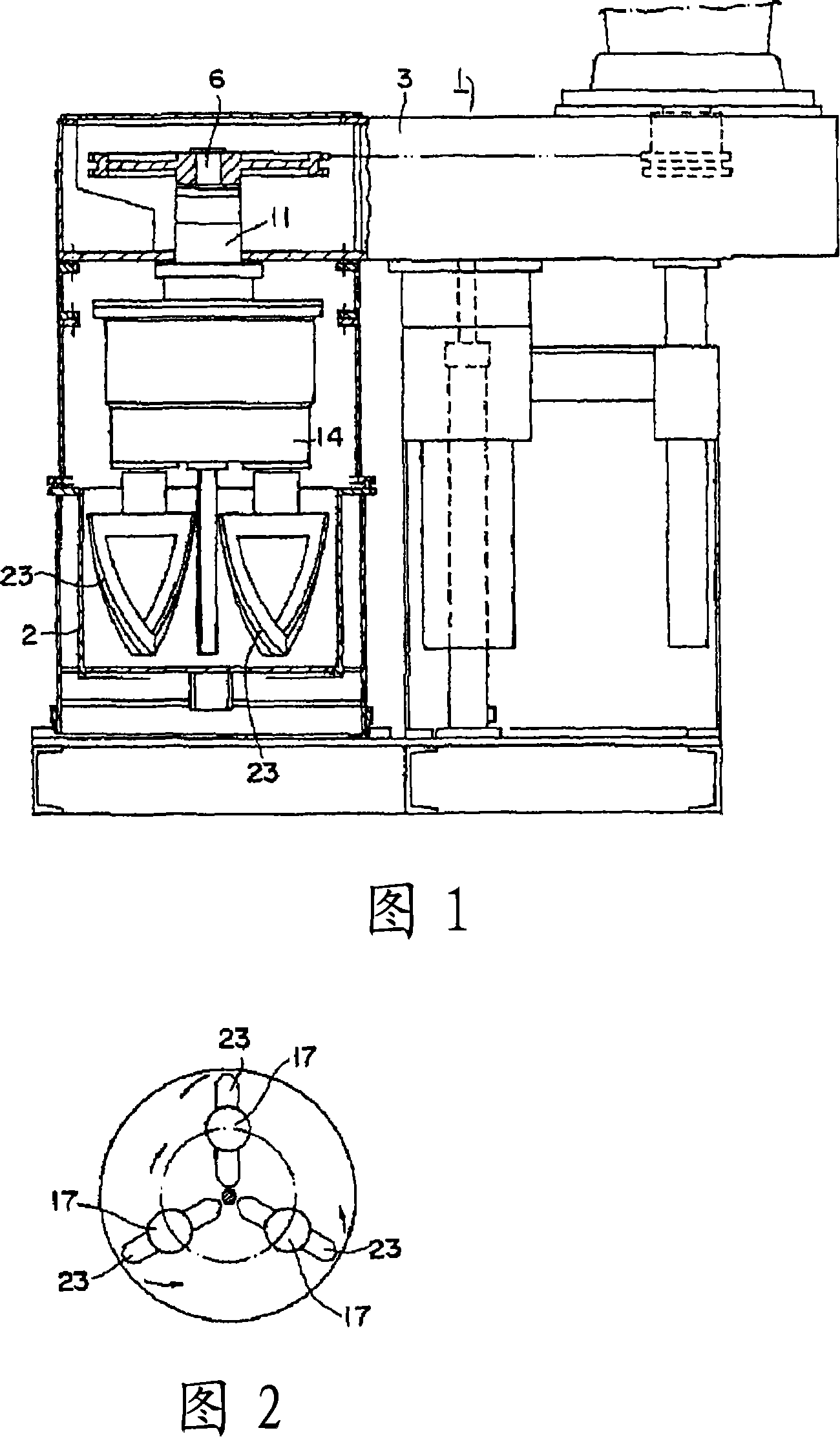Processed pigment and use thereof
A pigment and mixing technology, used in pigment slurry, dyeing physical treatment, inorganic pigment treatment, etc., can solve the problems of limited transparency and contrast ratio effect, uniform particle size, etc.
- Summary
- Abstract
- Description
- Claims
- Application Information
AI Technical Summary
Problems solved by technology
Method used
Image
Examples
Embodiment 1
[0070] In the tank of three-arm planetary mixer TX-15 (trade name, manufactured by Inoue Manufacturing Co., Ltd.), adding 750 parts by mass of pigment red 254, 7500 parts by mass of sodium chloride and 1800 parts by mass of diethylene glycol with a particle diameter of 20 μm, Salt grinding was carried out by kneading at 45° C. for 3 hours within 70% of the rated current value of 9.3 A. Then, 1300 parts by mass of the obtained kneaded product was added to 3 liters of warm water, and stirred for 1 hour while heating at 70° C. to form a slurry, which was repeatedly filtered and washed with water to remove sodium chloride and diethylene glycol. °C for one day and night to obtain 95 parts by mass of the pigment of Example 1.
Embodiment 2
[0072] Add 750 parts by mass of pigment blue 15:6, 7500 parts by mass of sodium chloride and 1800 parts by mass of diethylene glycol with a particle size of 20 μm in the tank of the three-arm planetary mixer TX-15. % range and kneading at 45°C for 8 hours for salt grinding. Then, 1300 parts by mass of the obtained kneaded product was added to 3 liters of warm water, and stirred for 1 hour while heating at 70° C. to form a slurry, which was repeatedly filtered and washed with water to remove sodium chloride and diethylene glycol. °C for a whole day and night to obtain 95 parts by mass of the pigment of Example 2.
Embodiment 3 and 4、 and comparative example 3~6
[0078]
[0079] With the composition shown in Table 1, the pigment-dispersed compositions of Examples 3 and 4 and Comparative Examples 3 to 6 were prepared using a bead mill at a temperature of 60° C. for a whole day and night. In addition, only "PR254" and "PB15:6" are written in Table 1 to represent untreated pigments without salt grinding.
[0080] In addition, the unit of the numerical value which shows a composition is "mass part".
PUM
| Property | Measurement | Unit |
|---|---|---|
| particle diameter | aaaaa | aaaaa |
Abstract
Description
Claims
Application Information
 Login to View More
Login to View More - R&D
- Intellectual Property
- Life Sciences
- Materials
- Tech Scout
- Unparalleled Data Quality
- Higher Quality Content
- 60% Fewer Hallucinations
Browse by: Latest US Patents, China's latest patents, Technical Efficacy Thesaurus, Application Domain, Technology Topic, Popular Technical Reports.
© 2025 PatSnap. All rights reserved.Legal|Privacy policy|Modern Slavery Act Transparency Statement|Sitemap|About US| Contact US: help@patsnap.com


